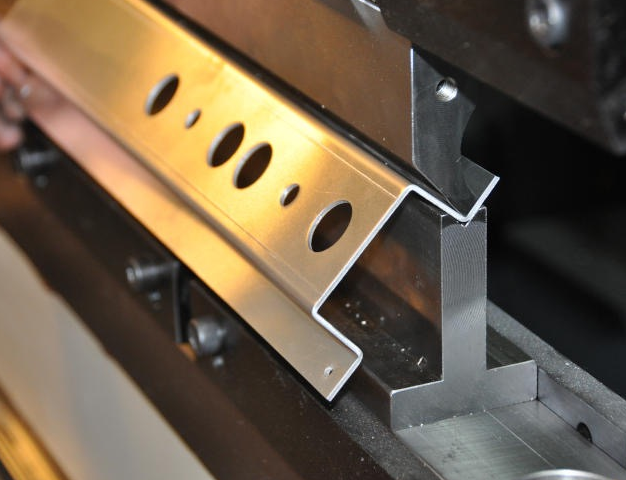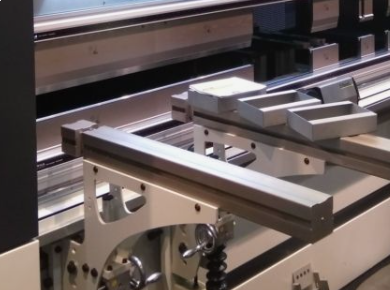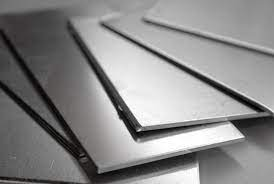Metal bending is exactly as the name suggests – the bending of metals to create shapes/objects to be used for specific applications.

Press brake bending
This method involves the use of specialist press brake bending machines consisting of a hydraulic cylinder, a worktable, a bending tool (the ‘punch’) and a holding tool (the ‘die’). The metal is placed on the worktable in between the die and the punch. The hydraulic cylinder is then lowered (putting pressure on the metal) until it replicates the shape of the die.
This method is very-precise and is used in many industries, notably automotive parts manufacturing,
Roll bending
This technique involves the use of a rolling machine which has two rollers at the bottom/side, and one in the centre. The rollers rotate and exert force on the sheet, bending the metal to the shape of the rollers.
This enables metal sheets to be bent into cones, cylinders, or other similar shapes. This method is ideal for applications where curved metal parts are needed.
Metal bending solutions
There are a number of specialists in this field. Many of these have excellent online resources for you to peruse, such as the examples seen here: https://www.cotswold-machinery-sales.co.uk/euromac-bending-machines/horizontal-bending-machines.
Hot bending
This technique utilises high temperatures to make metal sheets more malleable. When they are hot, they are bent to the specific design and then are cooled. This technique is often used for creating larger, more intricate objects/parts.

Hydraulic bending
This technique uses a hydraulic press to apply pressure to the metal and bend it to meet the required specifications. This method offers high precision and is used for producing parts that have complex shapes. It can also be used on a number of different metals.
In summary, metal bending is used in many industries, notably in the manufacturing of metal parts/products and metal machinery. Each of the techniques outlined above has its own pros and cons.



